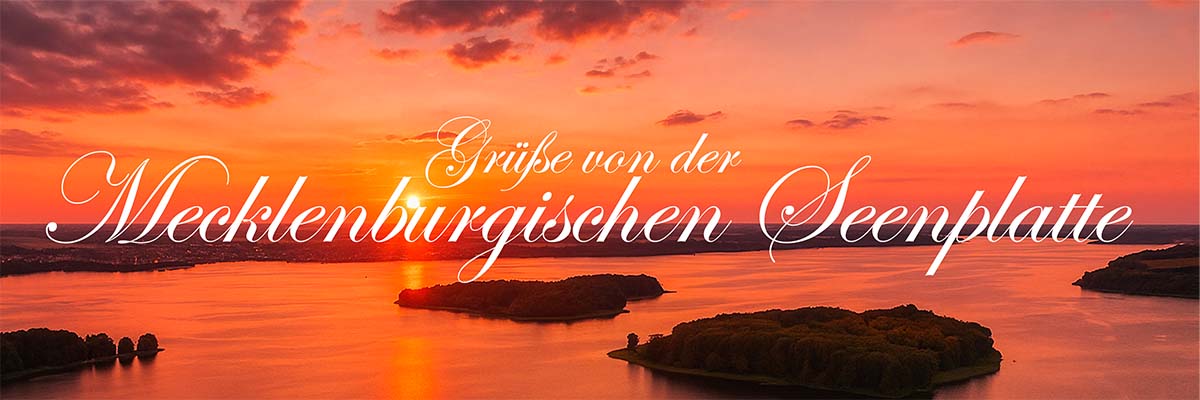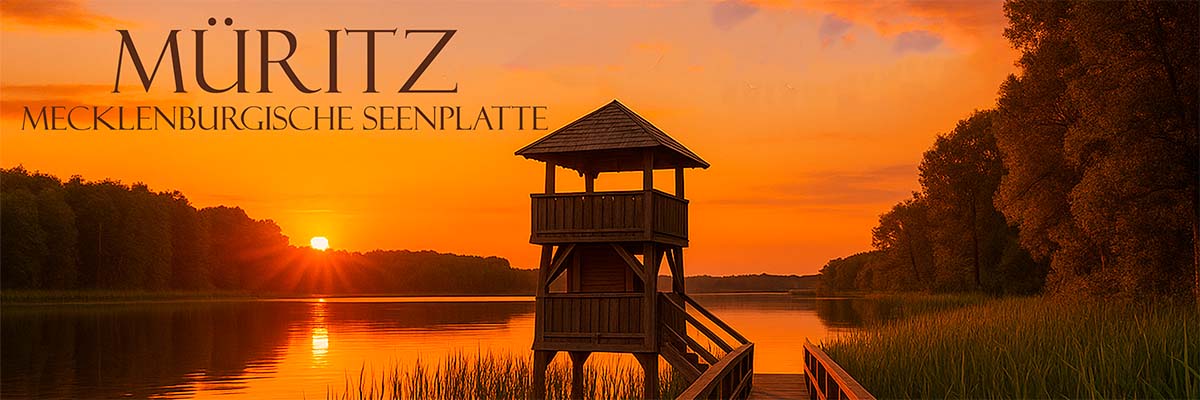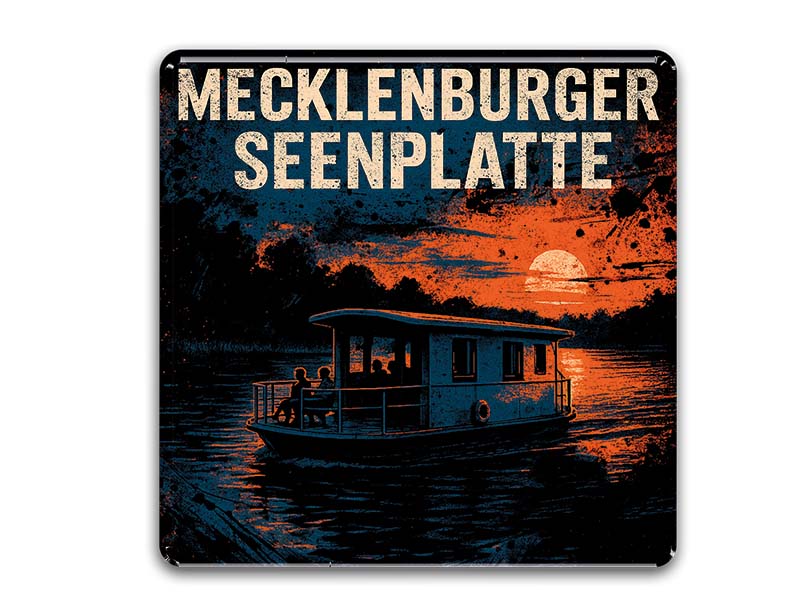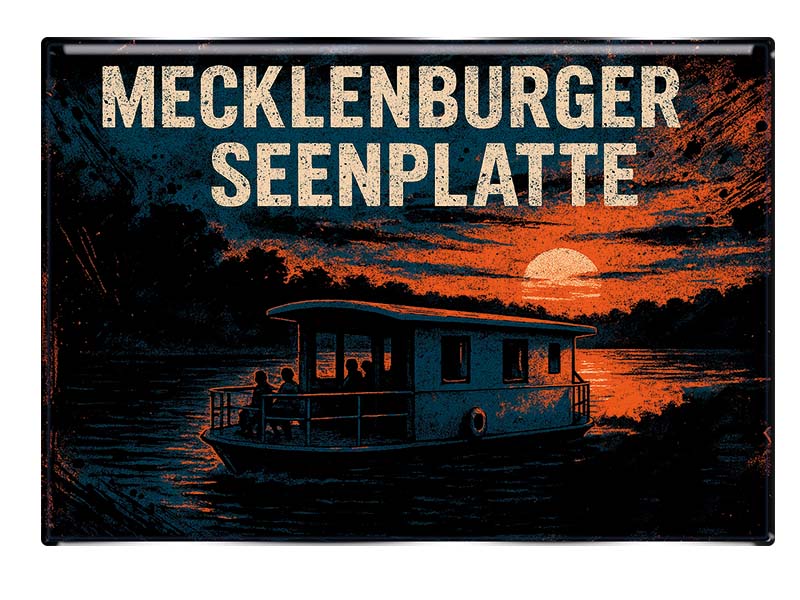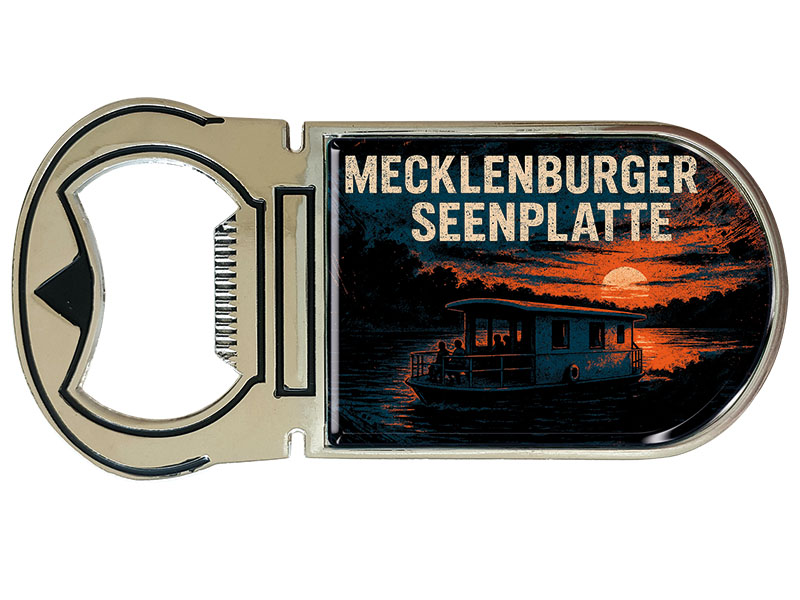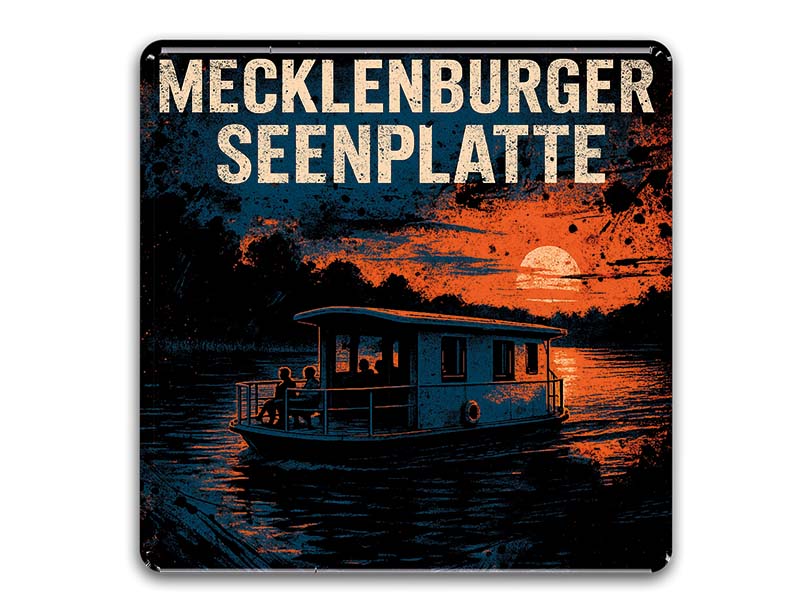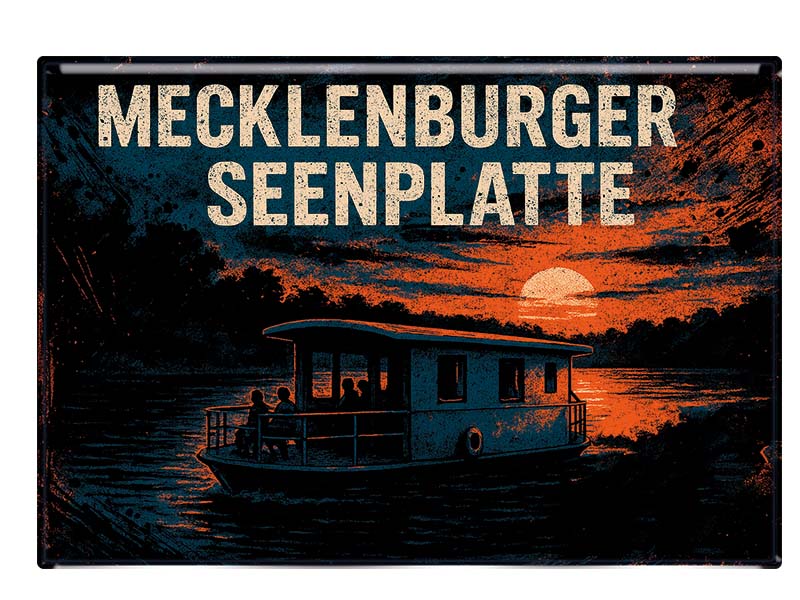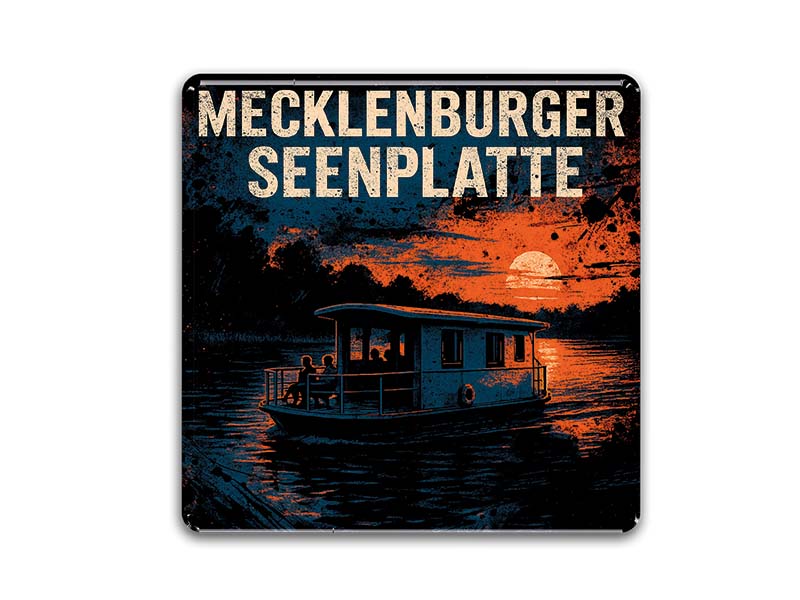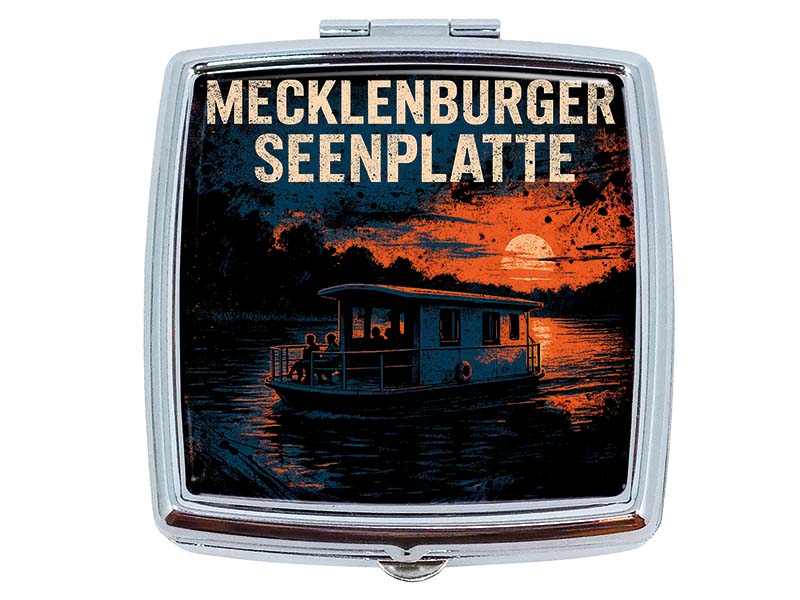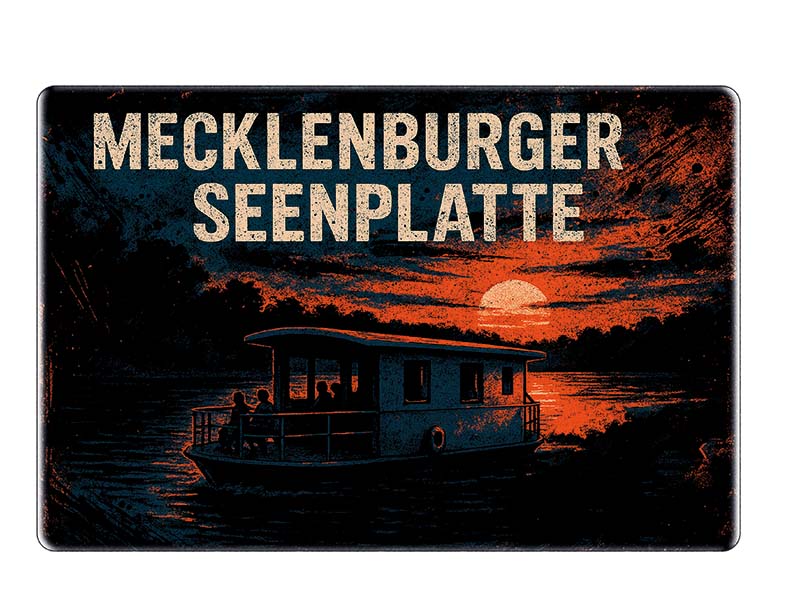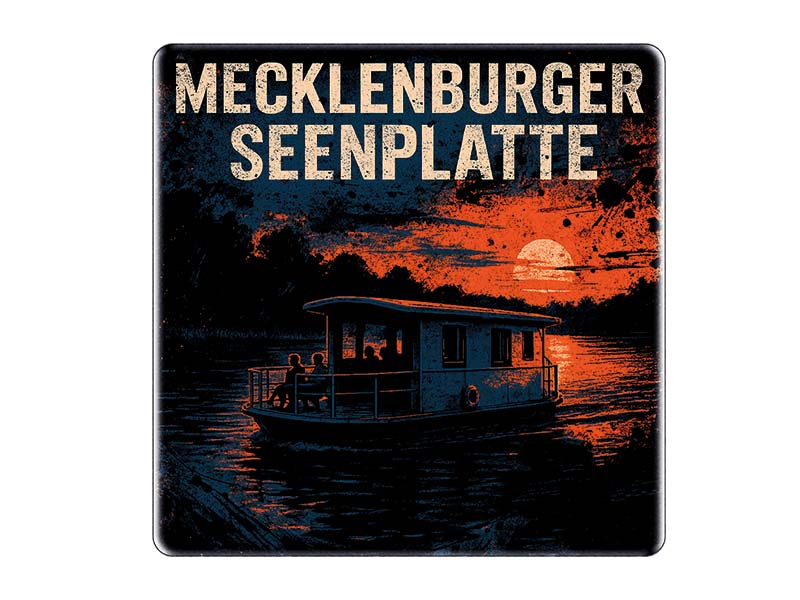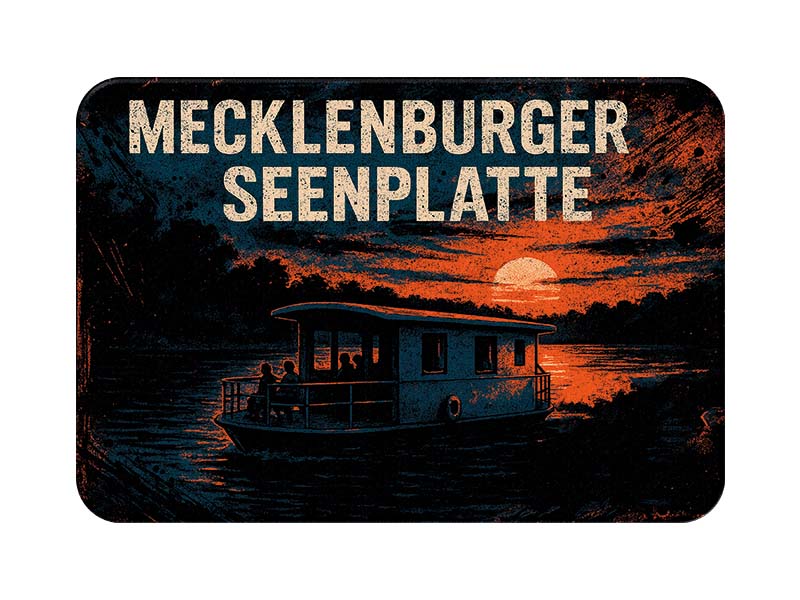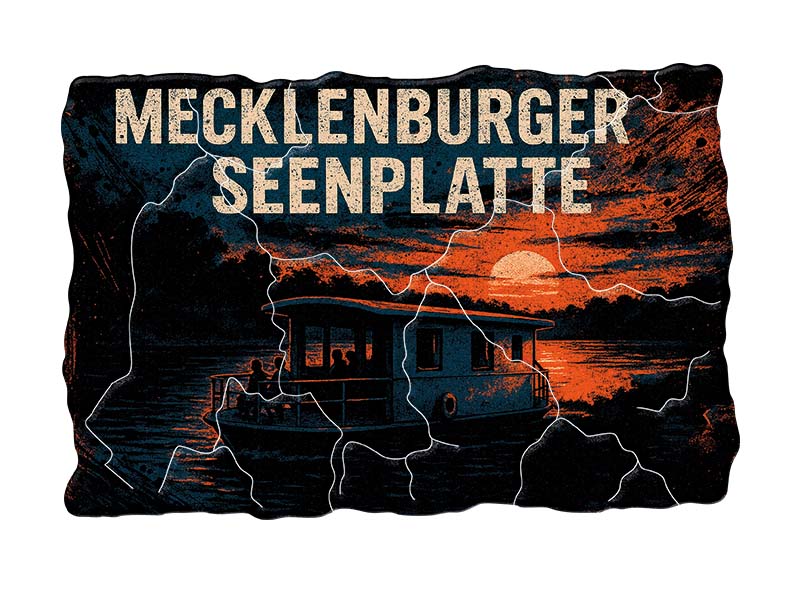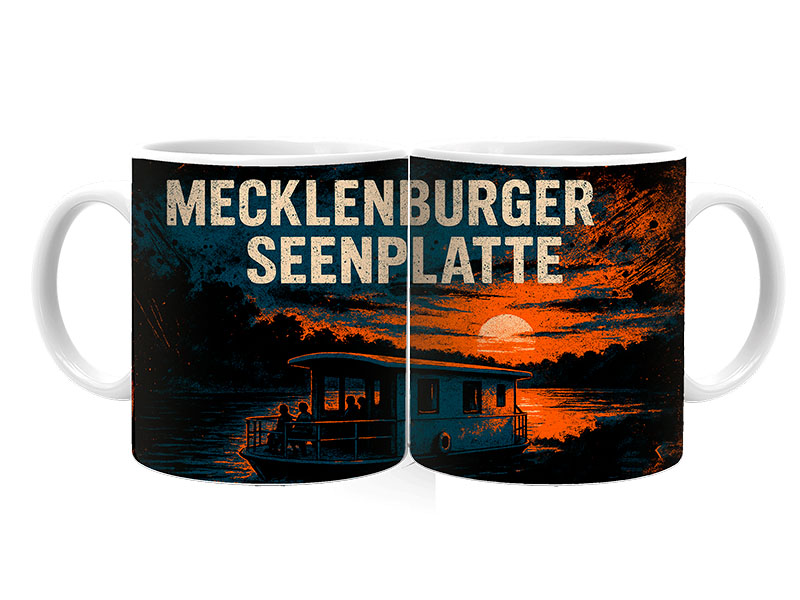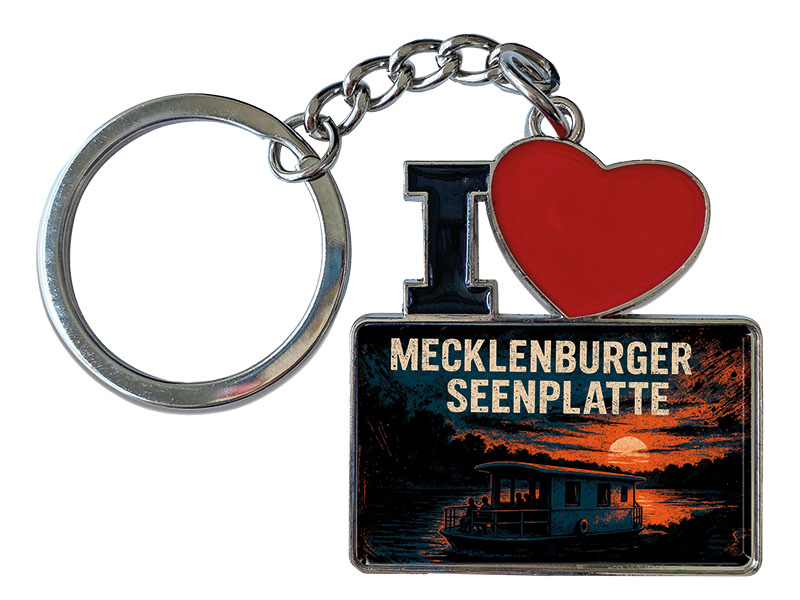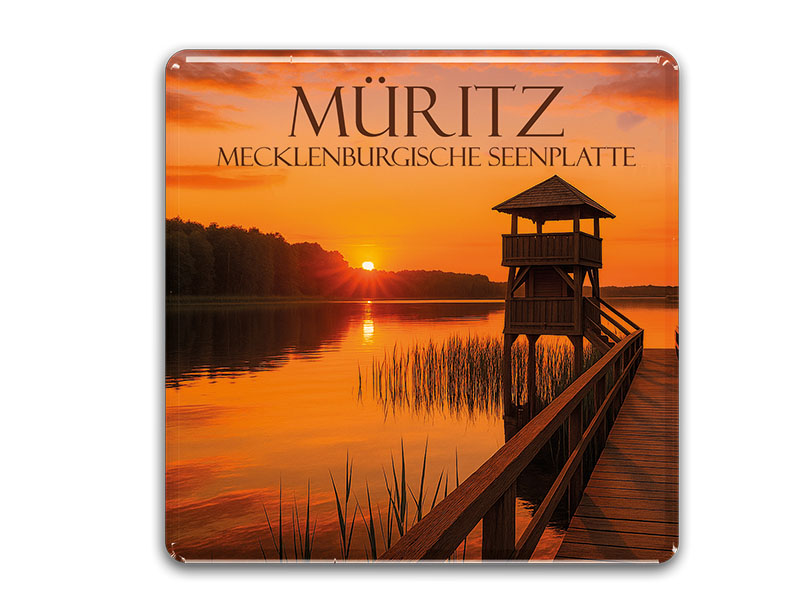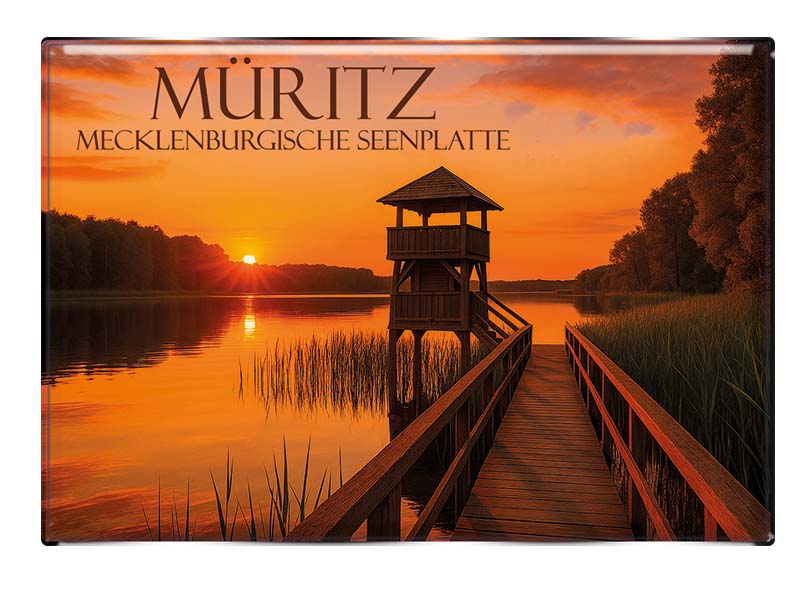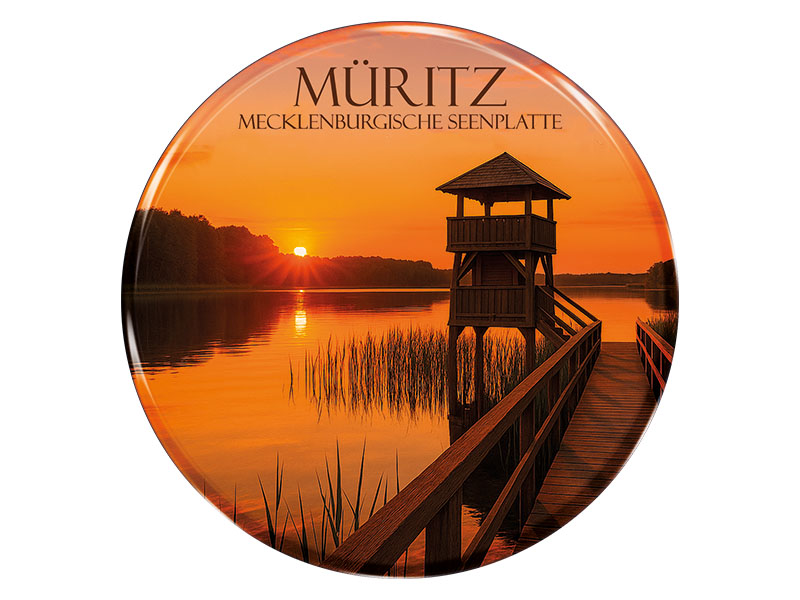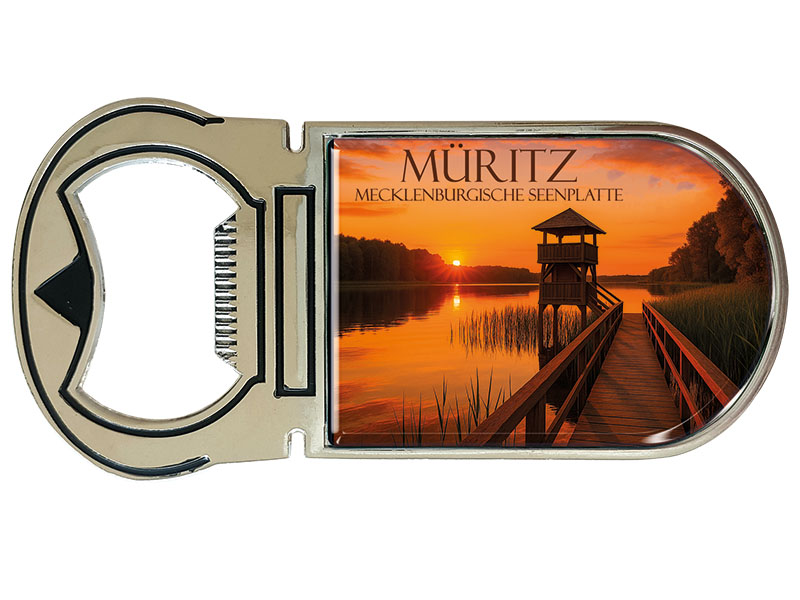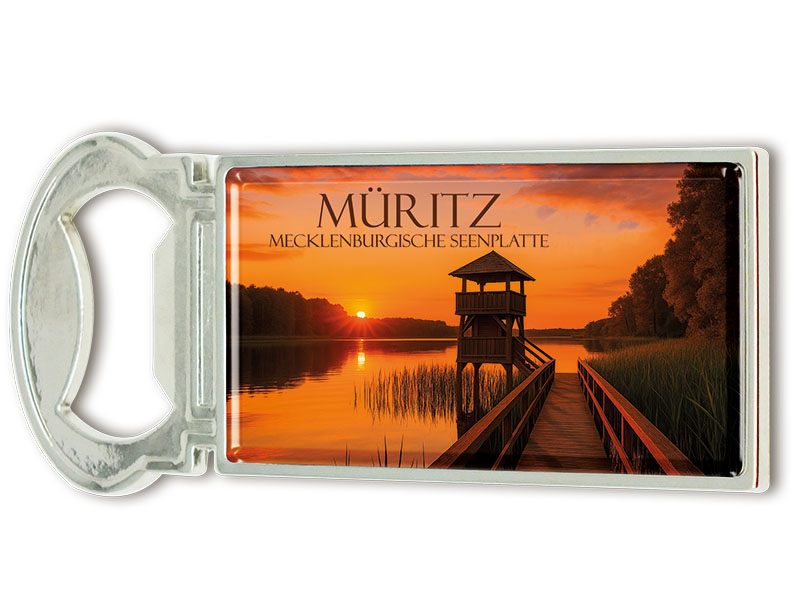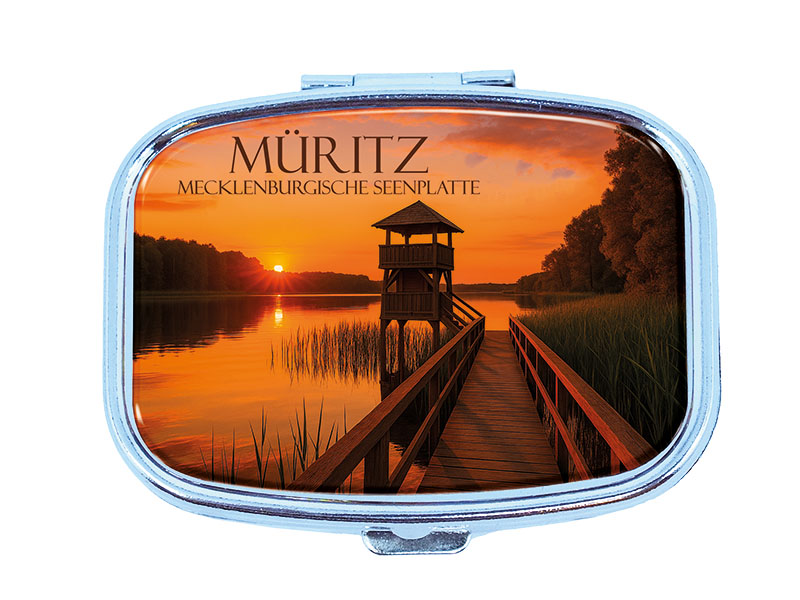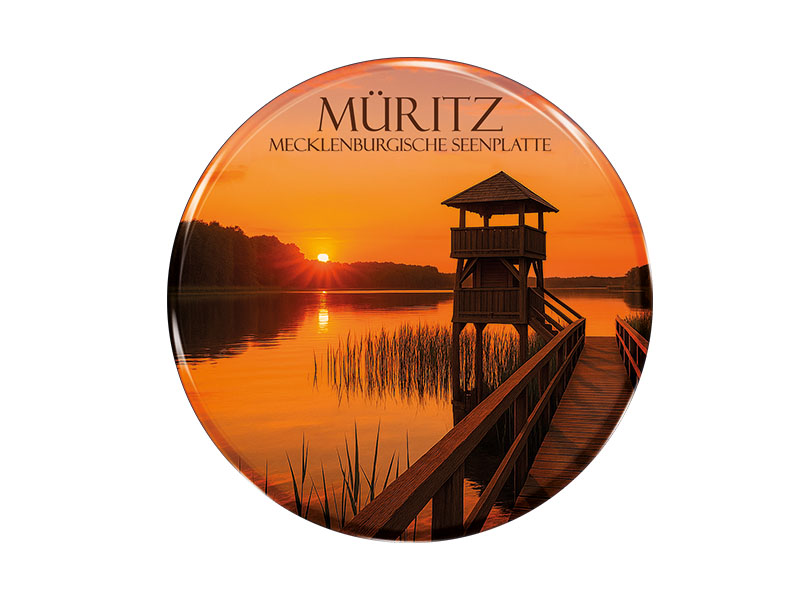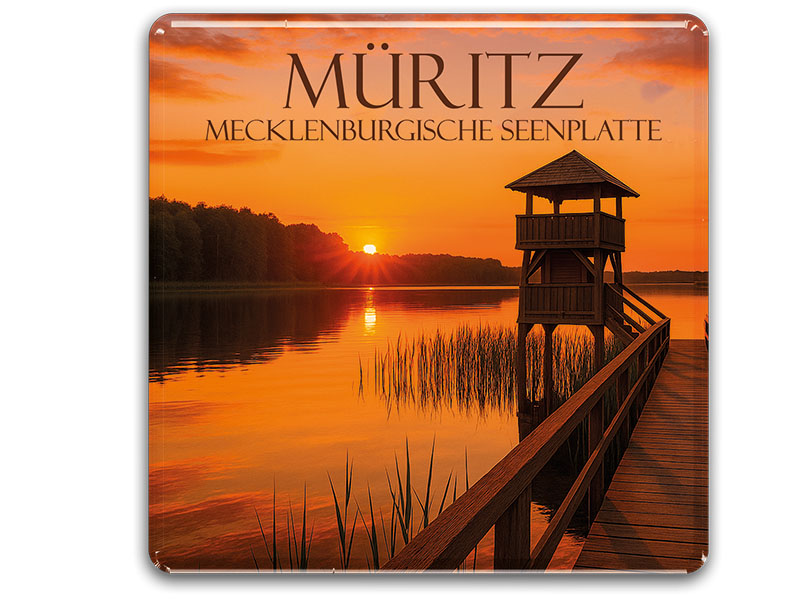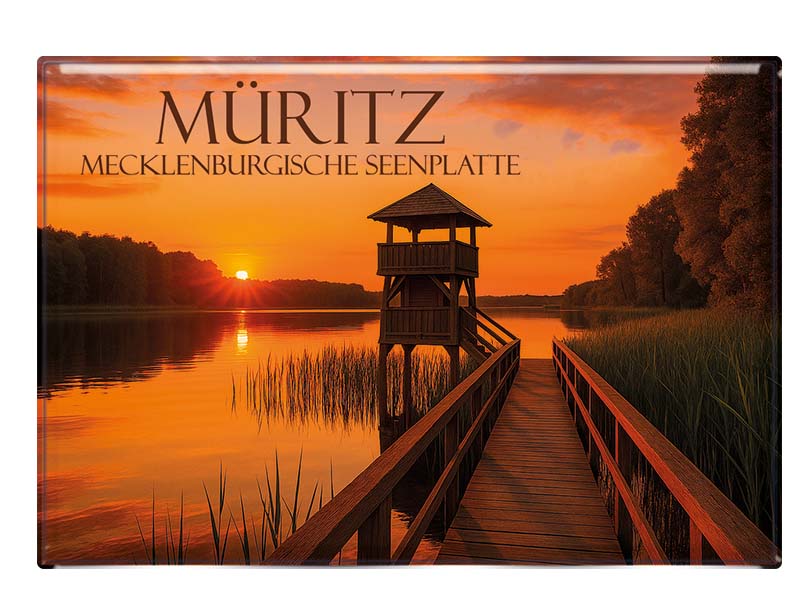- Vehicles
- Figures
- Witches
- Carnival
- Canvas
- Magnets
- Materials
- Maritime
- Hats
- New products
- Personalize
- Plush
- Dolls
- Collectible figures
- Keychain
- Special production
- %Special offers%
- Money boxes
-
Cities - Regions
- Bad Säckingen
- Bamberg
- Bayerischer Wald
- Berchtesgaden
- Berlin
- Bodensee
- Bremen
- Brocken
- Chiemsee
- Cochem
- Dinkelsbühl
- Dresden
- Eibsee
- Frankfurt
- Freiburg
- Gardasee
- Garmisch-Partenkirchen
- Hamburg
- Harz
- Heidelberg
- Helgoland
- Insel Mainau
- Kleinwalsertal
- Koblenz
- Köln
- Königssee
- Leipzig
- Lübeck
-
Mecklenburgische Seenplatte
- München
- Nürnberg
- Oberammergau
- Passau
- Potsdam
- Quedlinburg
- Regensburg
- Rothenburg
- Rügen
- Schwarzwald
- Stuttgart
- Sylt
- Titisee
- Traunsee
- Triberg
- Ulm
- Wernigerode
- Bags/Backpacks
- Textile
- Animal
- Subjects
More information? sign in.
More information? sign in.
More information? sign in.
More information? sign in.
More information? sign in.
More information? sign in.
More information? sign in.
More information? sign in.
More information? sign in.
More information? sign in.
More information? sign in.
More information? sign in.
More information? sign in.
More information? sign in.
More information? sign in.
More information? sign in.
More information? sign in.
More information? sign in.
More information? sign in.
More information? sign in.
More information? sign in.
More information? sign in.
The Mecklenburg Lake District – Germany’s Hidden Paradise of Lakes and Nature
The Mecklenburg Lake District, often called the “Land of a Thousand Lakes,” is one of Germany’s most captivating natural regions. It boasts a unique blend of untouched nature, rich history, and cultural diversity. Located in northeastern Germany, this area is not only a favorite destination for nature lovers, water sports enthusiasts, and those seeking peace and quiet, but also an important part of the cultural and historical identity of the federal state Mecklenburg-Vorpommern.
Geographical Location and Formation
The Mecklenburg Lake District is situated in the southern part of Mecklenburg-Vorpommern and stretches into the northern areas of the state of Brandenburg. It forms part of the North German Plain and spans over 6,000 square kilometers (2,300 square miles). The region is characterized by hundreds of natural lakes, rivers, canals, and bogs. The largest and most famous lake is Lake Müritz, covering around 117 square kilometers, making it the biggest lake located entirely within Germany.
The landscape was formed during the last Ice Age, the Weichselian glaciation, which ended around 15,000 years ago. Massive glaciers pushed across the land, and as they retreated, they left behind a hilly moraine landscape with glacial valleys, kettle lakes, and sandur plains. These glacial processes created deep basins that later filled with meltwater, forming the lakes we see today.
Historical Overview
The Mecklenburg Lake District has a long and complex history. Archaeological finds, such as megalithic tombs and stone tools, indicate that people have lived in the region since the Neolithic period over 4,000 years ago. During the early Middle Ages, the area was inhabited by West Slavic tribes. In the 12th century, German settlers arrived during the eastward expansion, bringing Christianity and new social structures.
Throughout the 17th and 18th centuries, the region became a popular retreat for Mecklenburg nobility, who built numerous castles, manors, and estates – many of which are beautifully preserved and open to visitors today. The landscape remained largely agricultural for centuries, shaping its rural charm and traditional lifestyle.
After World War II, the region became part of East Germany (GDR). Although partially developed for tourism, it also served as a quiet refuge for people seeking a life away from industrial centers. Since German reunification in 1990, the Mecklenburg Lake District has become increasingly popular as a destination for sustainable and nature-focused tourism.
Population and Cities
The Mecklenburg Lake District is sparsely populated. The administrative district "Mecklenburgische Seenplatte" is Germany’s largest in terms of area, with approximately 260,000 inhabitants (as of 2023). The largest city in the region is Neubrandenburg, home to around 63,000 people, serving as the economic and cultural hub.
Other notable towns and cities include:
-
Waren (Müritz) – A state-recognized spa town with approx. 21,000 residents, situated on the northern shore of Lake Müritz.
-
Neustrelitz – A historic town with about 20,000 people, known for its unique baroque city layout.
-
Röbel/Müritz – A charming lakeside town of about 5,000 people, featuring a quaint old town.
-
Malchow – The "Island Town" with around 7,000 residents, known for its monastery and swing bridge.
Attractions and Nature Highlights
The Mecklenburg Lake District is a paradise for nature lovers, culture enthusiasts, and active travelers. Some of the top attractions include:
1. Müritz National Park
Germany’s largest land-based national park spans around 322 square kilometers. It’s home to rare wildlife such as white-tailed eagles, ospreys, cranes, red deer, and black storks. A network of hiking and biking trails, along with quiet water channels, offers excellent opportunities for exploration.
2. Lake Müritz and Müritzeum
Lake Müritz, the largest lake entirely within Germany, is perfect for boating, sailing, and swimming. The Müritzeum in Waren is a nature discovery center featuring interactive exhibits and Germany’s largest freshwater aquarium.
3. Castles and Estates
Historical gems such as Mirow Castle, Basedow Castle, and Neustrelitz Palace tell stories of noble life. Many of these estates are now museums, hotels, or event venues set in picturesque parks.
4. Neubrandenburg City Wall
One of the best-preserved medieval city walls in Germany, with four Gothic city gates and 25 watch towers, makes Neubrandenburg a must-see for history buffs.
5. Müritz Bear Park
An animal sanctuary for rescued bears from circuses and private captivity. The spacious, forested park offers educational and family-friendly experiences.
6. Village Churches and Countryside Idyllic
Tiny villages dot the landscape, featuring 12th- and 13th-century fieldstone churches surrounded by old lime trees and cobblestone roads, evoking a deep sense of rural charm.
Tourism – Numbers and Trends
The Mecklenburg Lake District is among the most popular travel destinations in eastern Germany. Every year, 1.5 to 2 million tourists visit the area (as of 2023). Tourism here focuses on eco-friendly and sustainable travel.
Popular activities include:
-
Cycling and hiking, especially around Lake Müritz
-
Canoeing and kayaking on quiet lakes and rivers
-
Houseboat vacations – a unique and relaxing way to explore the waterways
-
Farm holidays and countryside retreats
-
Camping and glamping near nature parks
-
Wellness and spa tourism, particularly in towns like Waren and Plau am See
While summer remains the high season, spring and fall attract travelers seeking fewer crowds and rich natural beauty, including spectacular bird migrations.
Typical Food and Drinks
The regional cuisine of the Mecklenburg Lake District is hearty, rustic, and closely tied to the local lakes and farmlands.
Fish Dishes
-
Fried pike-perch, pike, perch, and eel – freshly caught from local lakes.
-
Pickled herring and fish soup are also regional favorites.
-
Smoked fish, especially smoked eel and trout, are a common delicacy and popular souvenir.
Meat and Hearty Meals
-
Mecklenburg-style rib roast – often stuffed with dried fruits or sauerkraut.
-
Tüffel un Plum – a traditional dish of potatoes with prunes and pork.
-
Pears, beans, and bacon – a rustic stew with sweet and savory flavors.
Sides and Desserts
-
Klopse – small seasoned meatballs, often served with gravy and potatoes.
-
Rote Grütze – a sweet berry pudding, typically served with vanilla sauce.
-
Mecklenburg jelly – a buttermilk-based dessert with fruit.
Regional Beverages
-
Mecklenburg country wine and local fruit wines.
-
Sea buckthorn juice and sea buckthorn liqueur, made from the vitamin-rich berries known as the “lemons of the north.”
-
Regional beers, such as those from the Lübz Brewery, are also widely enjoyed.
Popular Souvenirs
Visitors looking to take a piece of the Mecklenburg Lake District home with them have a variety of locally made and meaningful souvenirs to choose from:
-
Vacuum-packed smoked fish from Müritz lakes
-
Sea buckthorn products – including jams, cosmetics, liqueurs, and syrups
-
Handmade ceramics and pottery from village workshops
-
Amber jewelry – though amber is from the Baltic Sea, it's often processed and sold here
-
Water buffalo products (like salami or cheese) from organic farms in the region
-
Art prints and landscape photography showcasing the area’s natural beauty
Famous People from the Region
Several notable individuals were born in the Mecklenburg Lake District or have chosen to live there:
-
Hans Fallada (1893–1947) – The renowned author of Little Man, What Now? lived in Carwitz near Feldberg. His house is now a museum.
-
Ernst Barlach (1870–1938) – A famous sculptor and writer who spent part of his life near the region.
-
Gunter Gabriel (1942–2017) – A popular singer-songwriter who lived a quiet life in rural Mecklenburg.
-
Katarina Witt – Olympic figure skating champion, owns a holiday home in the area.
-
Winfried Glatzeder – Actor from East German cinema (The Legend of Paul and Paula), currently residing near Neustrelitz.
Conclusion
The Mecklenburg Lake District is far more than just a collection of lakes – it’s a vibrant region full of history, culture, and natural beauty. Whether you're paddling through quiet channels, cycling through sleepy villages, or enjoying a fresh fish sandwich on the shores of Lake Müritz, the region leaves a lasting impression.
Its combination of scenic diversity, cultural depth, and genuine hospitality makes it one of Germany’s most attractive travel destinations – and not only in summer. For those looking to reconnect with nature, explore history, and enjoy authentic rural charm, the Mecklenburg Lake District is the perfect getaway.

